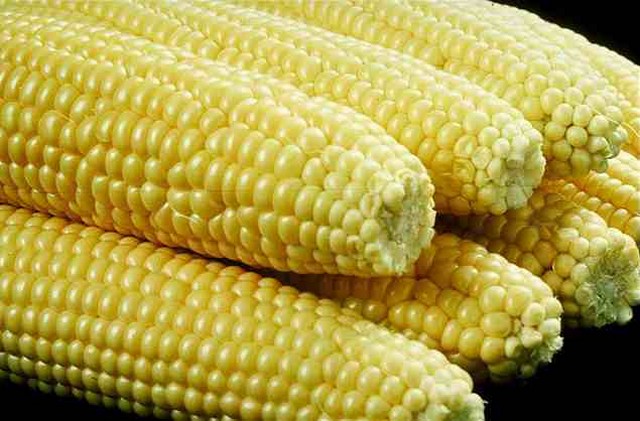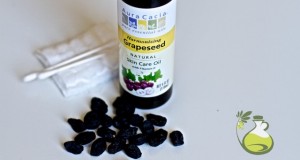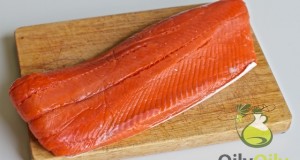
Photo credit: wikimedia
If we compare corn oil vs vegetable oil we see that corn oil is often a constituent of vegetable oil. Both oils are widespread in the kitchens for cooking, baking and pan lubricating. These oils have much in common. They contain 119 calories in 1 tablespoon. Their usage is similar. The price is almost the same. You may even hear the question: “Is corn oil the same as vegetable oil?”. Vegetable oil can contain a mix of different edible oils, such as canola oil, corn oil, soybean oil, palm oil, sunflower and safflower oils. Soybean oil or corn oil occupy the main part of vegetable oil while other oils are added. Read the label to know what oils you are eating if you tend to use vegetable oil.
Fatty acids composition
The most important criterion for oils comparison is their fatty acid composition. When we compare corn oil vs vegetable oil we should understand that the fat profile of vegetable oil may be different because of various combinations of oils. However, vegetable oil of any composition will have a high percentage of unsaturated fatty acids and is low in saturated fats. According to Wikipedia corn oil contains omega-6 fats -54%, omega-3 fats – 1%, omega-9 fats – 27.5%, saturated fats – 13%.
SEE ALSO: Corn Syrup vs Corn Oil – the Same or Different
Smoke Point
The smoke point is a very important characteristic of oils as it shows how we can use the oil. Oils with a low smoke point are suitable only for salad dressing, while oils with a high smoke point can be applied for medium and high-heat cooking. When the oil is heated to its smoke point it breaks down and forms harmful free radicals. Corn oil has the smoke point of 450ºF. It is high enough for all types of cooking. The smoke point of vegetable oil depends on the constituents and may vary. On the whole, the smoke point of vegetable oil is not less than 400ºF as canola oil has such a smoke point and soybean oil and safflower oil smokes only at 450ºF (see Wikipedia for comparison of smoke points).
Taste
Usually vegetable oil is neutral in taste. Manufacturers blend oils in such a way to receive the oil without any taste. Corn oil also has a neutral flavor, but it adds some taste of roasted corn to the dishes cooked at a room temperature. Corn oil can sweeten food a little bit when it is heated. During a taste test corn oil was called preferable for deep-fried potatoes over vegetable and sunflower oils.
RELATED: New Wheat Germ Oil Nutrition Facts
Uses
The uses of corn oil and vegetable oils are similar. Vegetable oil is better for dishes when you want to avoid any taste of oil. For example, mayonnaise or some salads or pastries. Corn oil is better for frying or sautéing. It adds a specific taste to the dishes which is very delicious. Before using corn oil and vegetable oil make sure that you are not allergic to ingredients of these oils.
 Oilypedia.com – Benefits And Uses Of Supplemental and Essential Oils
Oilypedia.com – Benefits And Uses Of Supplemental and Essential Oils 


